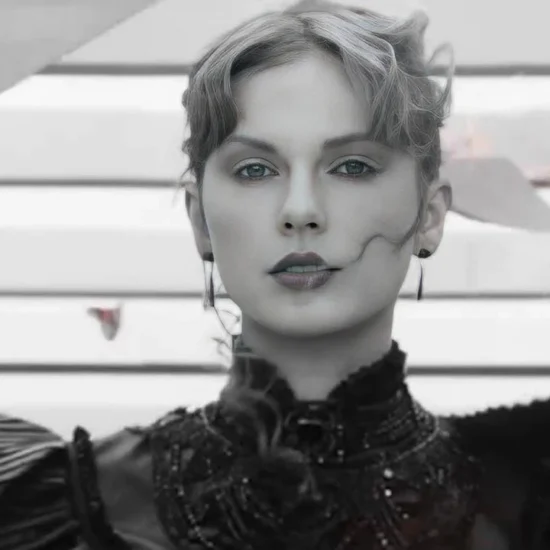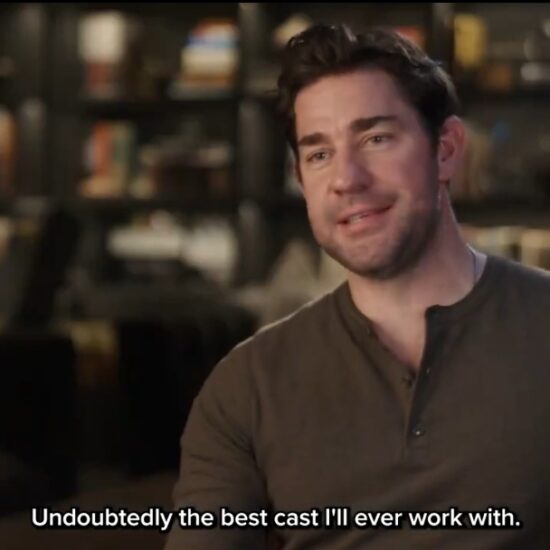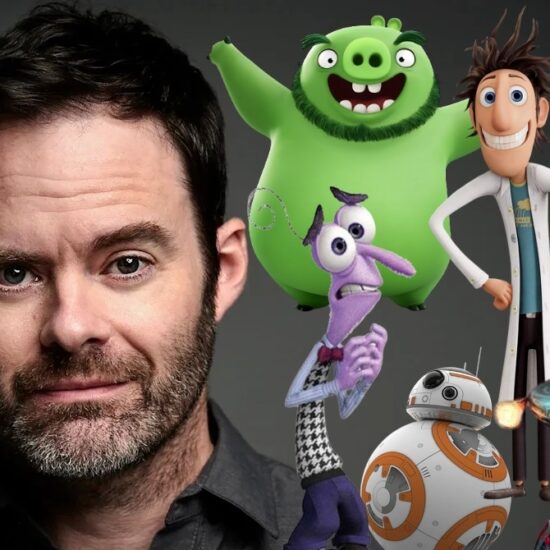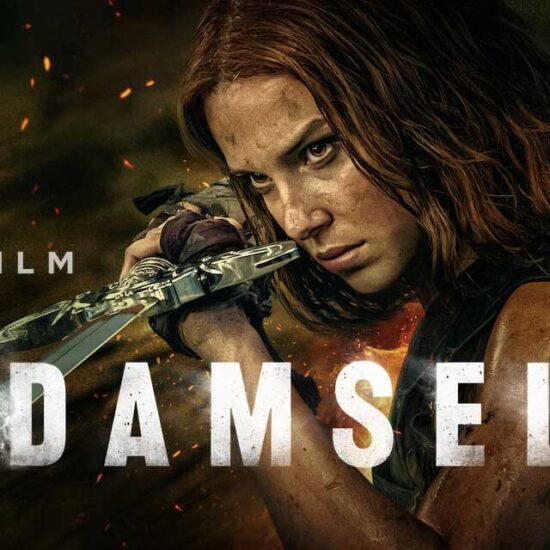
Anyone whose experience of Iranian cinema is limited to the social realism and lyrical fables of Abbas Kiarostami and Asghar Farhadi might be shocked by Houman Seyyedi’s World War III, Iran’s official entry for this year’s best international feature Oscar. The movie, which premiered in Venice, where it won the prize for best film in the Horizons sidebar, is a mashup of genres: part social drama, part thriller, part absurdist film industry satire. Mohsen Tanabandeh was named best actor in Venice Horizons for his portrayal of Shakib, a man who’s still traumatized by the loss, years ago, of his wife and son in a terrible earthquake, and who finds some pickup work as an extra in a World War II movie. When the film’s star has a heart attack, the director asks Shakib to step in and play Adolf Hitler. Things seem to be looking up for Shakib, but another tragedy will soon send him over the edge. Director Seyyedi spoke to THR on how he feels about his main character and the challenge of balancing comedy and tragedy.
Houman Seyyedi
Kate Green/Getty Images
The comic absurdity at the center of the film — this idea that this worker is cast to play Adolf Hitler in a Persian version of a Holocaust movie — sets World War III apart from most Iranian films of the moment, which tend to be strictly realistic dramas.
You’re right. In recent years, most of the films that make it out of Iran are social commentary, with a very realistic approach to storytelling. But like anywhere else in the world, filmmakers here are trying to explore other avenues, to see if we are capable of telling stories in other genres. I think cinema is very much alive in Iran, as it is everywhere else in the world. We try to be influenced by events that surround us and have our films be a reaction to those events.
Was this film a reaction to any specific event inside Iran?
I really tried to have this film come from a place deep inside me, from my heart, but naturally, when you come from a country like Iran, you always try to choose to be on the side of the people. A lot of filmmakers in Iran are on the side of the people. And I’m no exception. I try to be inspired by events that have transpired around us, like the economic conditions, the way my father and mother cope with the difficulties of making ends meet. That inspiration leads the way to tell the story I want to make.
I understand it can be difficult for a director inside Iran to speak openly about the conditions there. But has the process of making films in Iran changed under the new government?
Well, it’s nothing new. Under previous governments, I was banned from working. But I think the approach where there is a kind of war [between directors and] the government is pointless and unnecessary. Cinema is powerful, and it has shown that it has the ability to develop and grow. I’ve seen things like this in the past, banning filmmakers and the like. I think it’ll eventually work itself out. But I can only really speak for myself. This [banning] could happen to me, and I’d find myself among those struggling to pay the bills. We were lucky we were able to make this film without any government support — the financing came from private investors and a privately owned streaming platform in Iran.
How do you view your main character, Shakib, played by Mohsen Tanabandeh? He seems at times ridiculous and tragic, and then, later, almost monstrous.
I don’t see him as a monster. I see him as someone who, when we first meet him, has accepted what life has dealt him. He has lost his home and his family in the earthquake and he doesn’t really desire anything anymore. But then, because of the film shoot, he gets the chance to live in a nice house, he gets this girlfriend who is like a replacement wife. There’s talk about maybe having a baby with her. Suddenly he realizes he could have those things again. When that’s taken away from him, [that] is when he becomes like a madman who does horrible things.
You could almost say that hope is what kills him.
No, I wouldn’t say that. That’s not the message of the film. On the contrary, I believe that hope is what keeps you alive. But what kills hope are the circumstances. His circumstances take away that hope. But it is still hope that keeps people alive. That’s something I believe deep in my heart.
The film-within-a-film, this World War II story with Shakib playing an almost Chaplin-like Hitler, adds absurdity to what is really a very tragic story. Was it difficult keeping that balanced?
I set a number of red lines for myself during the production. I didn’t want my movie to be a kind of behind-the-scenes, making-of-style film about this absurd movie. But when we showed elements of this film-within-the-film, I wanted the fakeness of it all to be very prominent. I tried to show how absurd this film-within-the-film is. The director making it is an old man who thinks that he’s making an authentic, somber portrayal of World War II and the Holocaust. He doesn’t realize the unbelievable picture he’s actually making. The woman who’s his first assistant director knows, she sees what’s happening. She keeps pointing out how fake and silly everything is. Even one of the extras notes how clumsy and comic the movie is. It’s going to be a truly crappy film — definitely not the movie the director envisioned.
It was a very thin line for me, and a bit scary, because there are events in the film-within-the-film, like the gas chamber scene, which are terrifying. That’s not something you can laugh at. But making it terrifying better served the story of our film, as well.
What do you hope international audiences will take from this film?
To be honest, I have no idea how international audiences will react. I just hope I can be a good representative of Iranian cinema and honor the team that worked incredibly hard to make this movie. We shot for something like three months in very difficult conditions in northern Iran, building everything from scratch. It’s incredibly exciting to see the film actually finished and going out into the world.
Interview edited for length and clarity.
This story first appeared in a December stand-alone issue of The Hollywood Reporter magazine. To receive the magazine, click here to subscribe.














